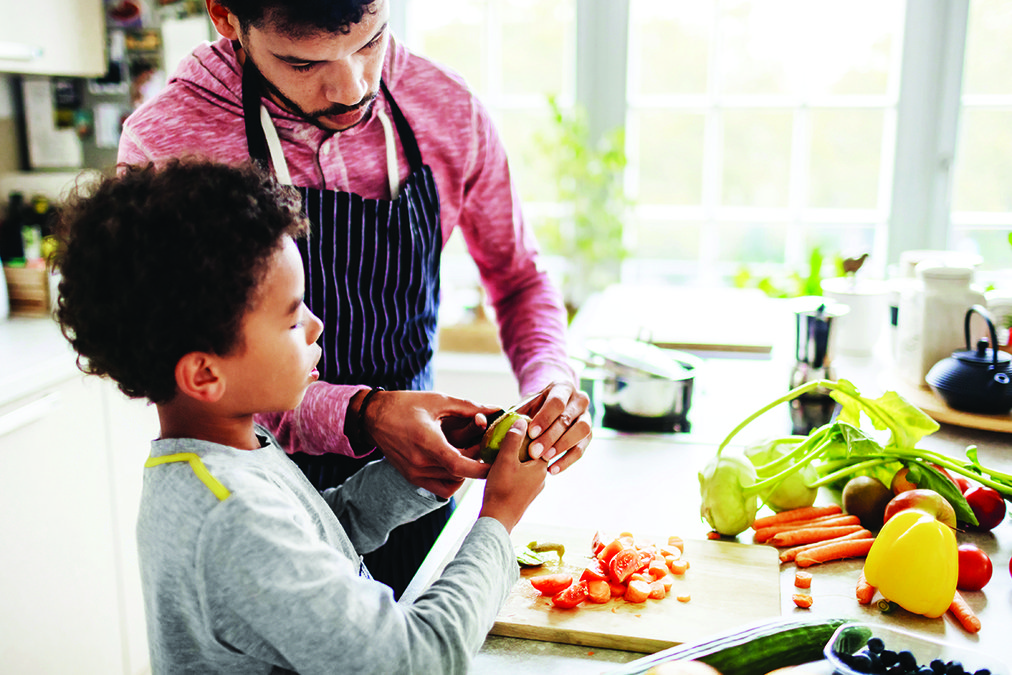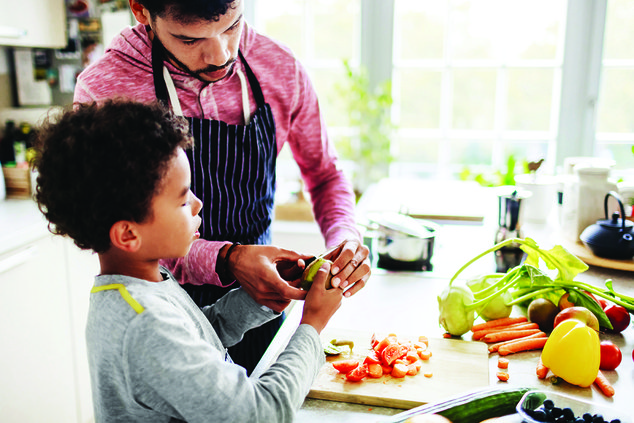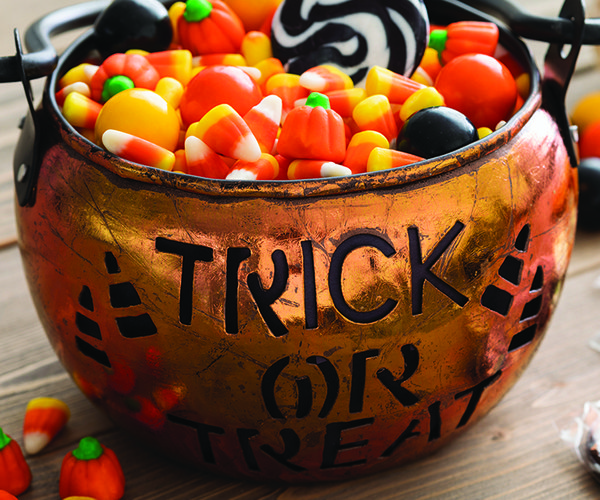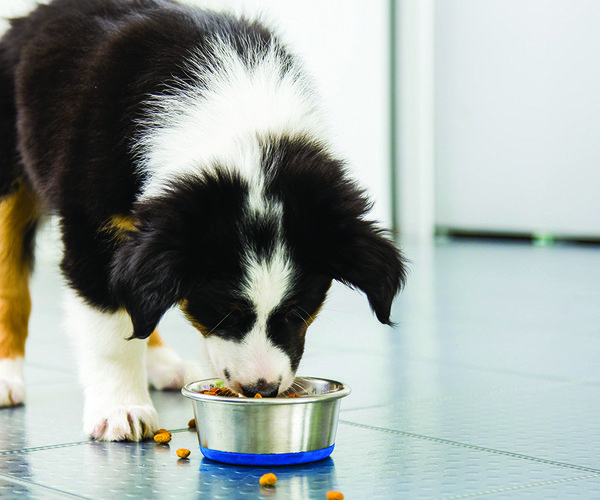It is easy for people to overlook food safety. Oftentimes it’s not something a person thinks about unless he or she has experienced a foodborne illness or an accident in the kitchen. Yet the fact remains that each year unsafe food causes 600 million cases of foodborne illness and 420,000 deaths across the globe, according to the World Health Organization.
Apart from foodborne illnesses, kitchens may be unsafe spaces for other reasons. The U.S. Fire Administration says cooking is the leading cause of home fires and home fire injuries. Fires cause an estimated 135 deaths, 3,000 injuries, and nearly $500 million in property loss in a year.
In order to reduce the chances that cooking makes people ill or injured, home cooks should review safe food preparation strategies established by the U.S. Food & Drug Administration.
Clean
It’s important to wash hands frequently with warm, soapy water for at least 20 seconds before and after handling food, particularly raw meat, seafood, poultry, and eggs. Washing surfaces like cutting boards, utensils and countertops with hot, soapy water after each use is necessary, especially after preparing raw ingredients. It’s recommended to rinse fruit and vegetables to remove dirt and bacteria. It’s not advisable to wash raw meat or poultry, as that can spread bacteria around the sink and kitchen.
Separate
It’s important to separate raw meat, poultry, seafood, and eggs from other foods in a grocery shopping cart, grocery bags and refrigerator. Use one cutting board for fresh produce and a separate one for raw meat, poultry and seafood. Never place cooked food on a plate or kitchen surface that previously held the raw foods mentioned above. Never reuse marinades used on raw foods unless they are boiled first.
Cook
Use a reliable food thermometer to test the internal temperature of cooked food to ensure that it is safe for consumption. This is the only true indicator of food safety. Cook eggs until the yolk and white are firm, and only use recipes in which eggs are cooked or heated thoroughly. Stir microwaved foods midway through cooking to facilitate even heat distribution.
Chill
Foods should be kept cool until it’s time to cook or consume them. A refrigerator should be set to 40 F and freezer to 0 F. Meat, poultry, eggs, seafood, and other perishables must be chilled within two hours of cooking or purchasing. Refrigerate foods within one hour if the temperature outside is above 90 F. Do not thaw raw food at room temperature.
Additional safety strategies
Stand by a pot or pan while cooking and keep watch. If a person needs to leave the kitchen, stove burners should be turned off. Remaining close to the stove ensures you can turn down the heat if it is too high or if smoke forms.
Pot handles should be turned toward the back of the stove so they cannot be bumped or pulled over. Keep a pan lid or baking sheet nearby to cover the pan or pot if it catches on fire.
In addition to these safety tips, smart kitchen prep involves handling knives correctly by using the right knife for the job, maintaining a stable cutting surface and using the “claw” technique (keeping fingertips tucked under) when holding food. A sharp knife also is a safer knife.





